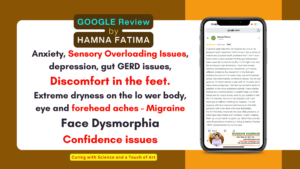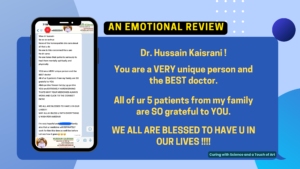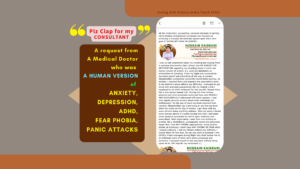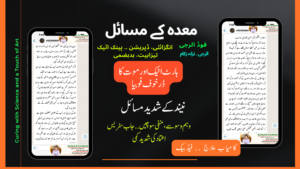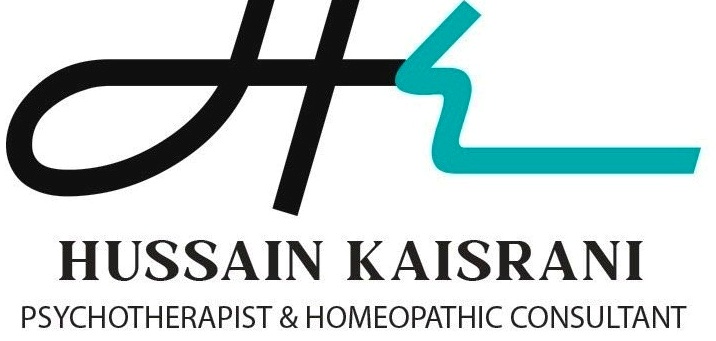Introduction
Behavioral problems form a considerable chunk of psychological difficulties in children. It is often difficult to identify these problems due to lack of awareness. The child is often labeled as a trouble maker, punished, ignored and ostracized by colleagues, teachers and family members. Even the parents find it difficult to deal with such issues. The future of these children is then jeopardized. There is an urgent need to take steps for better understanding of the problem and attend to it comprehensively. Problematic behavior often leads to trouble for the child and the people around it. But when the same behavioral problem is identified and the child’s energies directed towards constructive purposes, it can help to bring out the hidden potential in that child. The distinction between normal and abnormal behavior in children is not always easy to arrive at. The socio-cultural set up, the nature of the upbringing and the set of expectations from society has a lot to contribute in this. Nevertheless, certain broad categories of abnormal have been arrived at.
The illnesses classified under behavioral disorders are
1. Attention Deficit Hyperactivity Disorder (ADHD) – this is a behavioral problem in children which is characterized by impaired levels of over activity not appropriate to the age of the child, inability to be attentive and impulsiveness.
2. Conduct Disorder – this is a behavioral problem which is characterized by violation of others or of major age appropriate societal norms or rules. It begins in childhood or adolescence.
3. Opposition Defiance Disorder (ODD) – this is a behavioral problem in children which is characterized by negativistic, defiant, disobedient and hostile behavior towards authority figures. It remains persistent during the child’s development and is similarly observed in individuals of similar age and developmental levels.
Cause
ADHD – Compared to those who do not have ADHD, there is a structural and functional difference in the areas of the brain that control memory, attention and movements as observed in fMRI (functional Magnetic Resonance Imaging) and PET (Positron Emission Tomography) scans in children affected with ADHD. A familial pattern is observed wherein the first degree relatives are more prone to the disorder.
Conduct Disorder –The areas of the brain that regulate inhibition are relatively smaller. Factors like poor living conditions, violent neighborhoods and violent care givers are also responsible for the development of conduct disorder. The first degree relatives are more prone to this disorder.
Oppositional Defiance Disorder –It may occur as a result of influence of similar behavior in the family and by reinforcement of hostile behavior as an acceptable means of interacting with others.
Signs and Symptoms
Attention Deficit Hyperactivity Disorder (ADHD)
1. Inattention – The child has difficulty giving close attention to details or making mistakes in school work or other activities. It finds difficulty to sustain attention in tasks, play or activities.
2. Hyperactivity – There is difficulty in organizing tasks and activities, easily distracted, forgetful in daily activities, unable to sit in one place, finds it difficulty to engage in leisure activities, talks excessively, fidgets with hands or feet.
3. Impulsiveness – The child answers before the question is complete, finds it difficult awaiting turn, interrupts or intrudes into others.
Conduct Disorder
1. The child shows behaviors such as aggression towards people or animals, physical cruelty, stealing, forcing someone into sexual activity, destroying property, frequent burglary, shoplifting, purse snatching, mugging.
2. The child is touchy and easily annoyed by others, is often angry or resentful
3. Often lies and breaks promises to obtain goods or favors or to avoid obligations
4. Has run away from home more than twice and for more than a single night and frequently remains absent from school.
Oppositional Defiant Disorder
1. The child frequently loses temper, arguing with others, actively defies or refuses adult’s requests or rules and often deliberately annoys people
2. It blames others for his or her mistakes or behavior
3. The child is touchy and easily annoyed by others, is often angry or resentful and is often spiteful or vindictive
Diagnosis
Majority of the times the diagnoses is made on the history provided by the primary care givers, teachers and peers and by examining the patient’s state of mind. There are some psychometric (the scale to gauge the quality and quantity of psychological difficulties) tests which can help further qualify and quantify the specific aspects of behavioral disorders. Some of the tests include;
For ADHD – ACDS (ADHD Clinical Diagnostic Scale). This scale has been developed with support from the WHO. DBRS (Disruptive Behavior Disorder Rating Scale).
For Conduct Disorder – DBRS ( Disruptive Behavior Disorder Rating Scale).
For Oppositional Defiant Disorder – DBRS
Complications
ADHD – the symptoms of ADHD may be carried forward into adulthood. Academic progress may suffer due to lack of attention. Mood disorders, drug and alcohol abuse and dependency is quite common later in the course of illness. Progress to conduct disorder in childhood and Antisocial Personality Disorder in adulthood may be seen.
Conduct Disorder – Like ADHD, the chances of the symptoms being carried forward into adulthood are much higher. Mood disorder, drug and alcohol abuse are frequently associated with conduct disorder. 40% of conduct disordered adolescents will eventually progress into Antisocial Personality Disorder.
Oppositional Defiant Disorder – about two third of those diagnosed with oppositional defiant disorder do not meet the criteria after three years. Progress into conduct disorder, anxiety disorders and mood disorders may occur.
Management
ADHD – Patient education is a vital part of treatment of ADHD. The patient and relatives must become well aware about the illness and treatment options. Cognitive behavioral therapy, insight oriented psychotherapy and family counseling has been found to be useful along with medications.
CD – The goal of therapy in conduct disorder is prevention. Emphasis is given on functional family therapy and training of the child to improve social skills, problem solving techniques and anger management.
ODD –Parents take primary role in therapy. Pro-social behavior is consistently praised and reinforced. Oppositional behavior must not be reinforced with attention and the consequence of behavior must be consistent.
Homeopathic approach
There is an increasing reluctance on the part of educated parents to subject their children to allopathic medication because of their known side effects and impact on the growing systems. Hence there is a strong demand on a search for alternative modes of therapy.
The homeopathic perspective looks at behavioral disorders from a bird’s eye view. The approach includes understanding the child in an evolutionary pattern i.e. the way in which the child has been brought up, its surroundings, its interpersonal interactions and evolving coping mechanisms. The mother’s history during pregnancy is given prime importance as it has a substantial effect on the constitution of the child in its formative years. To go a step further, one may also enquire about the state of the physical and mental health of the parents during the time of conception. A correlation is established at the end of the history so that the problem is understood from a multidimensional point of view. This further helps establish goals of therapy and criteria for follow up.
The choice of homoeopathic remedy is governed by the facts available at the time of the interview. The remedy may thus differ as the child grows. Some of the examples of homoeopathic remedies useful for behavioral disorders are as follows.
ADHD –
a. Tarentula Hispanica – the child exhibits fearlessness along with restlessness. The restlessness reduces on listening to music.
b. Chamomilla – the child exhibits restlessness with a lot of shouting and crying. The complaints can be traced back to the time of dentition
Conduct Disorder –
a. Anacardium – The child exhibits wickedness and malice with no remorse for its actions. This is often accompanied by gastric complaints.
b. Syphilinum – The child exhibits tendency to destroy things and harm people. This is often accompanied by recurrent ulcers in the mouth that bleed, teeth that are carried gums that are swollen.
Oppositional Defiant Disorder –
a. Hepar Sulph – The child is offended by the slightest provocation. It exhibits a short temper. This child is often oversensitive to cold air drafts and catches cold.
b. Cantharis – The child is furious and doesn’t allow anyone to touch it. This child also has associated urinary complaints
References
1. American Psychiatric Association: Defense Levels and Individual Defense Mechanisms. In Diagnostic and Statistical Manual of Mental Disorders, 4th edition. Washington D.C, 1994:75
2. Boericke W. G., Pocket Manual of Homoeopathic Materia Medica, Reprint Edition: January 2007, I.B.P.P.
3. Dhawale, M. L., 2004, Principle’s and Practice of Homoeopathy Chapter 11, pg 196, Dr. M. L. Dhawale Memorial Trust.
4. Hahnemann Samuel, 2004, “Organon of Medicine”, 6th edition, Edited by William Boericke, IBPP.
5. Kent. J. T, Repertory of the Homoeopathic MateriaMedica, Fourth Indian Edition, Reprint Edition: August 2008, I.B.P.P.
6. Sadock and Sadock, 2009, “Comprehensive Textbook of Psychiatry”, 9th Edition, Sadock Benjamin James, Sadock Virginia Alcott, Ruiz Pedro(Eds), Wolters Kluwer / Lippincott Williams and Wilkins / Health, Vol 2, Chapter 42, pg, Chapter 43.


